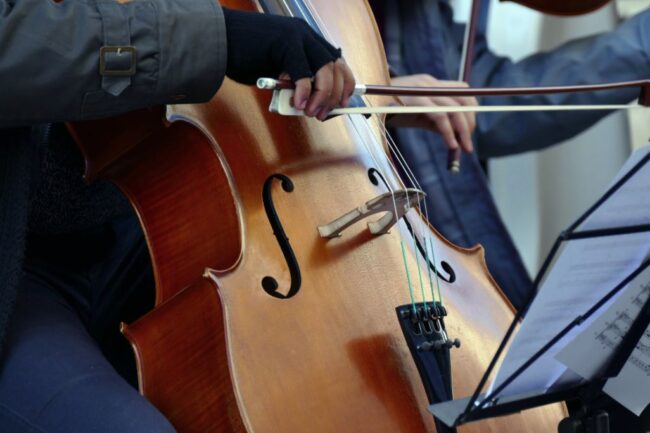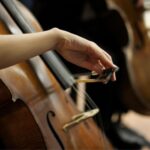After Beethoven moved to Vienna, he had a quick and spectacular success as a performer. The Viennese elite soon liked this extraordinary and in many ways strange young man. But Beethoven wanted more than that! Not only did he want to be a performer, but he wanted to be one of the greatest composers! The Piano Trios, Opus 1. was the first step on this journey.
His first major work, which he also showed to the audience and later intended for publication, was the Three Trios for Pianoforte, Opus 1. It was written for piano, violin, and cello; dedicated to Prince Lichnowsky. The keys for the three compositions are E-flat major, G major and C minor.
It cannot be ruled out that he had already worked on these compositions in Bonn, but we know for sure that he polished them later, even before publication. What we do know for certain is that it was published in 1795 and that its first public performance, in which Haydn was also present, took place in 1793.
The first performance was at the home of Prince Lichnowsky, where an arts and music-loving audience gathered with excitement and great anticipation. There was also a star guest: Haydn. At the suggestion of a musician, at the last minute, Beethoven modified the tempo indication of the last movement of the second work (from 4-4 to 2-4), and then the concert began.
The performance went down with great success, the audience was delighted by the richness and diversity of the works. According to a report:
The three Trios for pianoforte, violin and violoncello, Op. 1 (the pearls of all sonatas), which are in fact his sixth work, justly excited admiration, although they were performed in only a few circles. Wherever this was done, however, connoisseurs and music-lovers bestowed upon them undivided applause, which grew with the succeeding works as the hearers not only accustomed themselves to the striking and original qualities of the master but grasped his spirit and strove for the high privilege of understanding him.
Haydn himself was pleased but warned the young artist cautiously and suggested that the last of the three not be released yet. Beethoven, who regarded this last piece the best, was really amazed at this and even was offended. He was convinced that only human pettiness and jealousy could lie behind Haydn’s advice.
|Related: Haydn and Beethoven
The cautious Beethoven waited more than 2 years after the performance to release the work. We do not know the exact reasons for the wait. It is possible that he feared the situation was not yet ripe for such publicity. Perhaps he was afraid that he would still be considered just a disciple (Haydn’s) for the time being, or perhaps that the audience would not be really ready to accept the works, as Haydn remarked.
By 1795, Trio Opus 1 had become a very well-known and popular piece of music. On May 16, the Wiener Zeitung wrote that a Grand Trios from Beethoven would soon appear. Three days later, Artaria the publisher, signed a contract with the young composer. 123 subscribers ordered 241 copies in the first release. Considering that Beethoven paid Artaria 1 florin per piece and the subscription was 1 ducat, the young man earned a pretty profit. The eternal noble Prince Lichnowsky secretly gave the publisher 212 florins, which covered the making of the printing plates. For the entire project, Beethoven earned 800 florins, a living for a year at the time. It is characteristic of the difficult lives of composers in this age that Beethoven has never been able to achieve similar financial success in his publications over the next thirty years.
Finally, an anecdote related to the Trio. Madam Mary de Fouche, the daughter of the world-famous piano maker Tomkinson in London, regularly held musical gatherings at her home. In the course of these, works from the German-speaking area were often performed, one day a novelty: the work of a certain young composer, Ludwig van Beethoven from Vienna. The Trios, Opus 1. At the piano sat J. B. Cramer, who exclaimed after the performance, “This is the man who is to console us for the loss of Mozart!”





